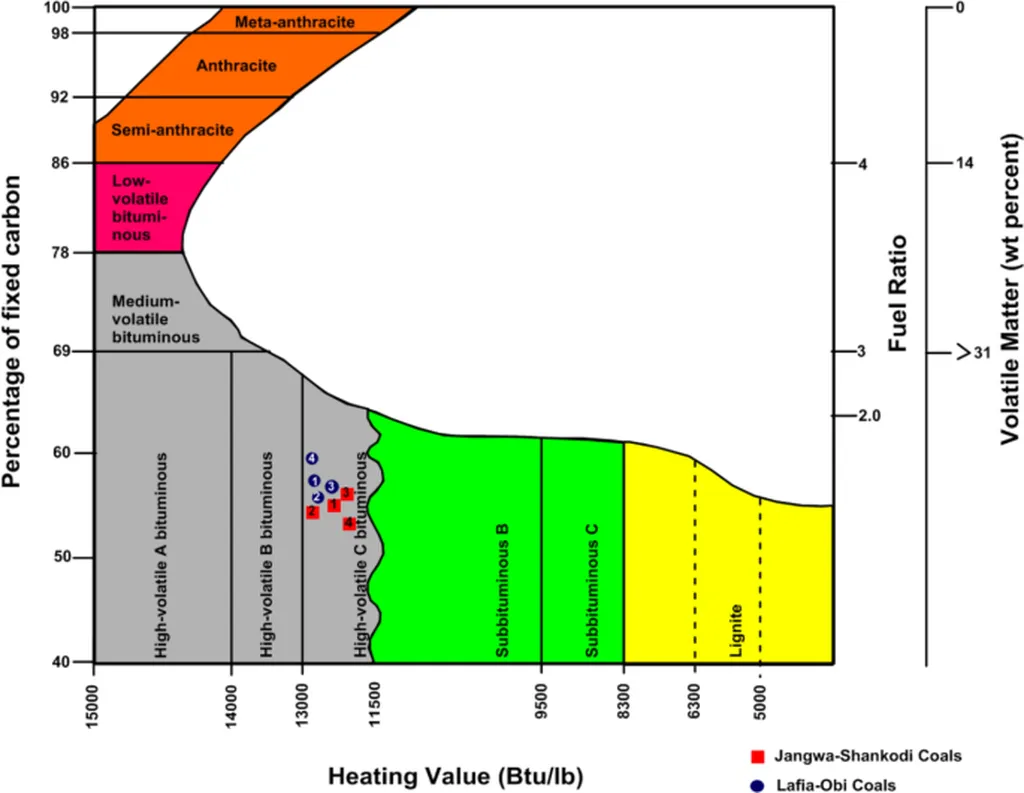In the heart of China’s vast energy landscape, a groundbreaking study is illuminating the path to unlocking the immense potential of deep coalbed methane (CBM), a resource that could significantly bolster the nation’s energy portfolio. Led by Benju Lu, a researcher at the China University of Mining and Technology, this investigation delves into the intricate dance of temperature and coal rank on methane adsorption and desorption, offering promising insights for the energy sector.
Deep coalbed methane, often found at depths greater than 1,500 meters, has long been a tantalizing yet elusive energy resource. The challenge lies in understanding the complex interplay of high-temperature effects on methane’s behavior in these deep coal seams. Lu and his team, based at the Key Laboratory of Coalbed Methane Resources and Reservoir Formation Process, have tackled this conundrum head-on, utilizing a self-built high-temperature adsorption-desorption system to unravel the mysteries of deep CBM.
Their findings, published in the *International Journal of Mining Science and Technology* (known in English as the *Journal of Mining and Metallurgy*), reveal a fascinating dynamic. “Elevated temperatures significantly reduce methane adsorption capacity, with high-rank coals exhibiting greater sensitivity,” Lu explains. This means that as temperatures rise, the coal’s ability to hold onto methane decreases, a crucial factor for energy companies to consider when planning extraction strategies.
However, the story doesn’t end there. The study also shows that high-temperature conditions can enhance methane desorption and diffusion, accelerating initial desorption rates and enabling rapid gas release. This dual effect—negative adsorption and positive desorption—presents a unique opportunity for optimizing CBM extraction processes.
One of the most compelling aspects of the research is the identification of an asymmetric U-shaped variation in desorption volume and desorption-diffusion rate with coal rank. This discovery could help energy companies tailor their approaches based on the specific characteristics of the coal seam they are targeting.
Perhaps most significantly, the study introduces an effective gas content prediction model, which could revolutionize the way energy companies assess and develop deep CBM resources. “By coupling the positive and negative effects of temperature and defining the desorption ratio, we found that a 10 K increase in temperature raised the desorption ratio by 3.78%–8.05%,” Lu notes. This finding underscores the critical role of temperature in determining the resource potential and gas production characteristics of deep CBM.
The implications for the energy sector are profound. As the world seeks to diversify its energy mix and reduce reliance on traditional fossil fuels, deep coalbed methane could emerge as a key player. The insights provided by Lu’s research could guide the optimization of exploration and development strategies, making CBM extraction more efficient and economically viable.
In the ever-evolving energy landscape, this study serves as a beacon, illuminating the path forward for deep coalbed methane development. As the energy sector continues to innovate and adapt, the findings from this research could shape the future of CBM extraction, ultimately contributing to a more sustainable and diversified energy portfolio.

